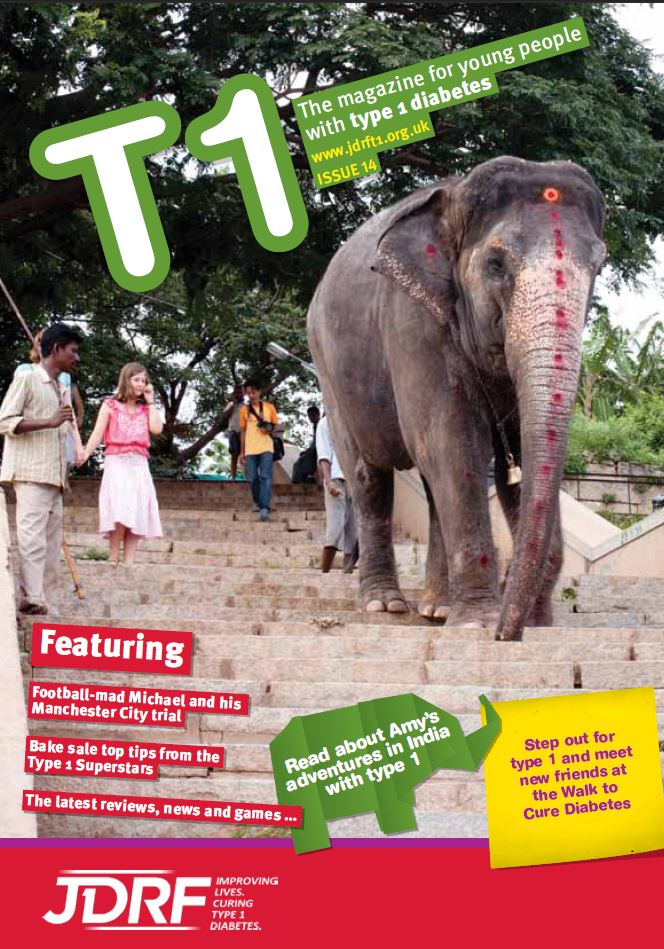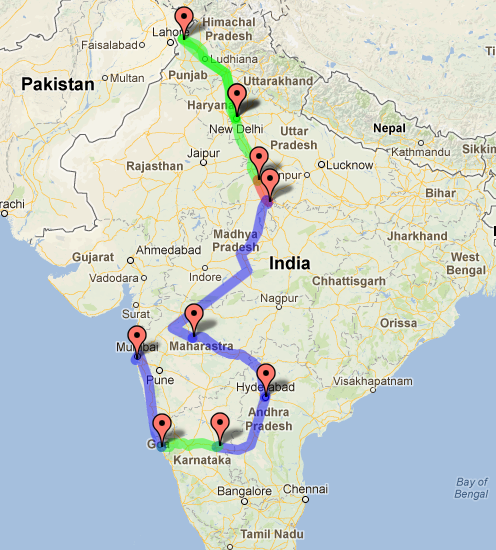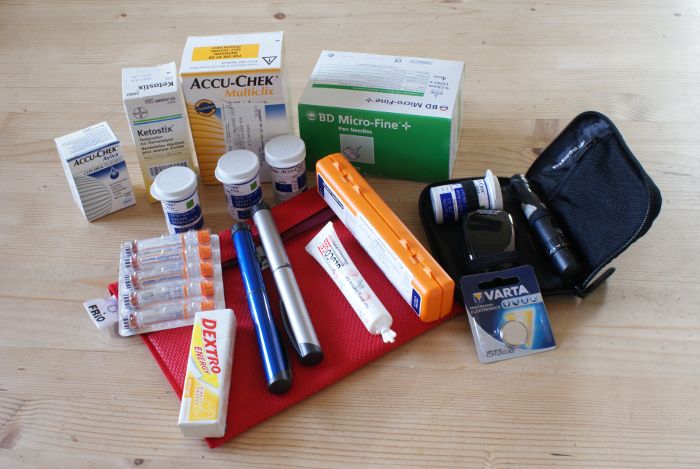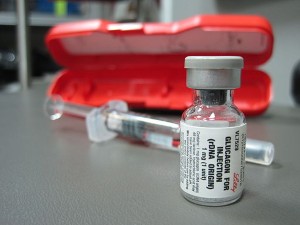My daughter, an author, wow
Today the latest JDRF T1 Kids magazine hit the doorsteps of houses around the UK, being delivered to thousands of children who have type 1 diabetes.
I’m immensely proud that Amy has a two page article within it and even more proud that a picture I took of her fills the front cover.
Thank you JDRF
I’d like to thank JDRF for many, many things but especially today for printing Amy’s article.
Special thanks go to Kate from JDRF, who has been so helpful organising this from their end, encouraging us, giving us ideas and creating the final article from a mass of words sent to her.
Thank you Kate for giving me permission to reproduce the article on my blog.
How did it all start?
We’ve been subscribed to JDRF’s T1Kids magazine for a while now and have read the articles with interest. In early January, whilst thinking about how to motivate Amy as part of my New Year’s resolution I came across a request for articles for the magazine.
Well, let’s think…hmmm….my newly diagnosed 10 year old backpacked around India, had a great time and survived. Yeah, that’s an article. Actually though I first suggested that JDRF read Amy’s auto-biographical blog article on her diagnosis and only mentioned India as ‘maybe you’d be interested…’.
I pinged off an email to JDRF which got to Kris – whom I’ve only just realised is someone I’ve followed on Twitter for ages. He passed it straight to Kate who’s in charge (I think) of producing the T1Kids magazine. She was very interested in the idea of an article about India as they’ve not had many/any like that before.
From blog article to magazine feature
First I needed Amy to do the full article for our blog as this was to be the final one in a 14 part series about our trip to India and dealing with type 1. It took a long time to get round to this due to other commitments. Here’s a link to the series of articles: Travel in India with diabetes and Amy’s India blog article.
The article was sent to Kate, who then reworked it to fit the magazine style. Amy had written so much that it gave Kate a hard time trying to figure out what to cut.
A few proof checks here and there and on 24th April we received the pre-print version in all it’s glory.
I was amazed how good it looked, all typeset with the paper elephants everywhere.
Amy was so chuffed.
Opportunities through Diabetes
This is a shining example of how opportunities to break out of the box come from having something like diabetes.
Don’t get me wrong, I’d prefer that Amy never wrote this article because I’d prefer that she didn’t have diabetes, but she does so let’s just get on with it and seize opportunities like this when they occur.
Well done Amy for seizing this opportunity. So proud.
Do you want to get hold of the magazine?
If you just want to read the article you’ll find it below, but perhaps you want to subscribe to the magazine for you or your child to read.
Here’s the links to do just that and the good news is it’s free, although I’m sure you’ll give JDRF a small donation whilst on their site 🙂
Order a single copy
Subscribe to the magazine
The front cover
The main article
The main article is split across two facing pages but I’ve split it so you have a chance to read it.
If you can’t quite read the images on this page either click them to open them up in full within your browser, or better still just use CTRL and + to – to zoom your browser in and out (works with Firefox, Chrome and Internet Explorer). In some browsers you can hold CTRL down whilst scrolling your mouse’s scroll wheel.
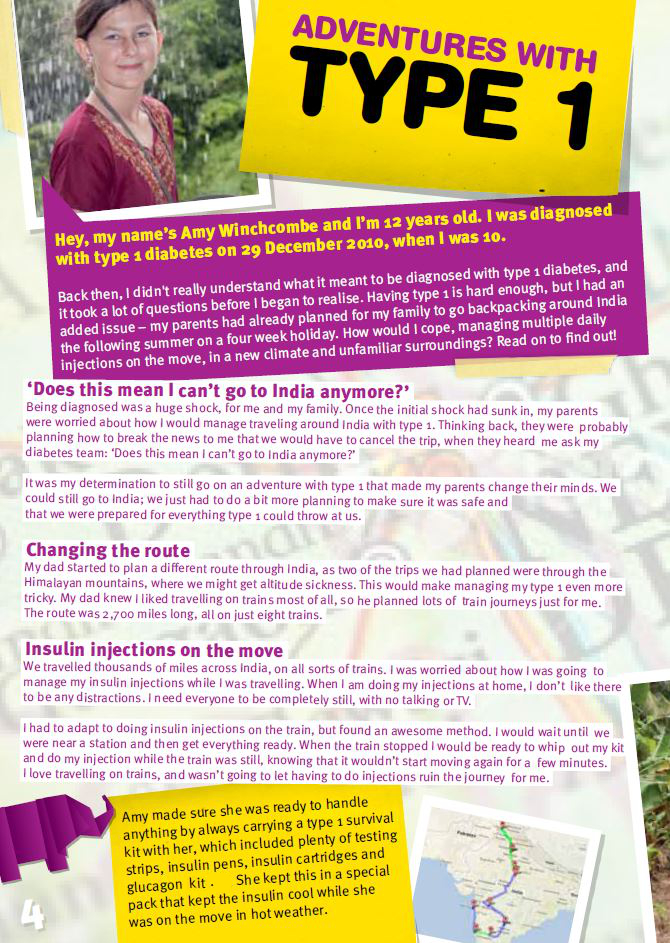


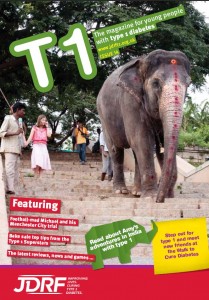 Amy (in pink) on the front cover of the JDRF T1 Kids magazine
Amy (in pink) on the front cover of the JDRF T1 Kids magazine